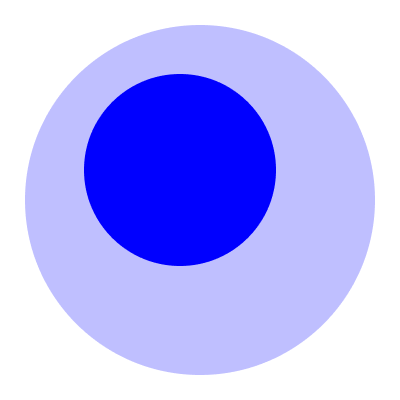
foam
A personal knowledge management and sharing system for VSCode
OTHER License
Foam
*This is an early stage project under rapid development. For updates join the Foam community Discord! *
Foam is a personal knowledge management and sharing system inspired by Roam Research, built on Visual Studio Code and GitHub.
You can use Foam for organising your research, keeping re-discoverable notes, writing long-form content and, optionally, publishing it to the web.
Foam is free, open source, and extremely extensible to suit your personal workflow. You own the information you create with Foam, and you're free to share it, and collaborate on it with anyone you want.
Features
Graph Visualization
See how your notes are connected via a graph with the Foam: Show Graph command.
Link Autocompletion
Foam helps you create the connections between your notes, and your placeholders as well.
Sync links on file rename
Foam updates the links to renamed files, so your notes stay consistent.
Unique identifiers across directories
Foam supports files with the same name in multiple directories. It will use the minimum identifier required, and even report and help you fix existing ambiguous wikilinks.
Link Preview and Navigation
Go to definition, Peek References
See where a note is being referenced in your knowledge base.
Navigation in Preview
Navigate your rendered notes in the VS Code preview panel.
Note embed
Embed the content from other notes.
Support for sections
Foam supports autocompletion, navigation, embedding and diagnostics for note sections.
Just use the standard wiki syntax of [[resource#Section Title]].
Link Alias
Foam supports link aliasing, so you can have a [[wikilink]], or a [[wikilink|alias]].
Templates
Use custom templates to have avoid repetitve work on your notes.
Backlinks Panel
Quickly check which notes are referencing the currently active note. See for each occurrence the context in which it lives, as well as a preview of the note.
Tag Explorer Panel
Tag your notes and navigate them with the Tag Explorer. Foam also supports hierarchical tags.
Orphans and Placeholder Panels
Orphans are notes that have no inbound nor outbound links. Placeholders are dangling links, or notes without content. Keep them under control, and your knowledge base in a better state, by using this panel.
Syntax highlight
Foam highlights wikilinks and placeholder differently, to help you visualize your knowledge base.
Daily note
Create a journal with daily notes.
Generate references for your wikilinks
Create markdown references for [[wikilinks]], to use your notes in a non-Foam workspace.
With references you can also make your notes navigable both in GitHub UI as well as GitHub Pages.
Commands
- Explore your knowledge base with the
Foam: Open Random Notecommand - Access your daily note with the
Foam: Open Daily Notecommand - Create a new note with the
Foam: Create New Notecommand- This becomes very powerful when combined with note templates and the
Foam: Create New Note from Templatecommand
- This becomes very powerful when combined with note templates and the
- See your workspace as a connected graph with the
Foam: Show Graphcommand
Recipes
People use Foam in different ways for different use cases, check out the recipes page for inspiration!
Getting started
Whether you want to build a Second Brain or a Zettelkasten, write a book, or just get better at long-term learning, Foam can help you organise your thoughts if you follow these simple rules:
- Create a single Foam workspace for all your knowledge and research following the [[Getting started]] guide.
- Write your thoughts in markdown documents (I like to call them Bubbles, but that might be more than a little twee). These documents should be atomic: Put things that belong together into a single document, and limit its content to that single topic. (source)
- Use Foam's shortcuts and autocompletions to link your thoughts together with
[[wikilinks]], and navigate between them to explore your knowledge graph. - Get an overview of your Foam workspace using the [[Graph Visualisation]], and discover relationships between your thoughts with the use of [Backlinking].
You can also use our Foam template:
- Log in on your GitHub account.
- Create a GitHub repository from foam-template. If you want to keep your thoughts to yourself, remember to set the repository private.
- Clone the repository and open it in VS Code.
- When prompted to install recommended extensions, click Install all (or Show Recommendations if you want to review and install them one by one).
This will also install Foam, but if you already have it installed, that's ok, just make sure you're up to date on the latest version.
Requirements
High tolerance for alpha-grade software. Foam is still a Work in Progress. Rest assured it will never lock you in, nor compromise your files, but sometimes some features might break ;)
Known Issues
See the issues on our GitHub repo ;)
Release Notes
See the CHANGELOG.
Learn more
Head over to the Published version of this Foam workspace to see Foam in action and read the rest of the documentation!
Quick links to next documentation sections
You can also browse the docs folder.
License
Foam is licensed under the MIT license.
Contribution Guide
See the Contribution Guide
Code of conduct
See the Code of Conduct
Contributors
Thanks goes to these wonderful people (emoji key):
This project follows the all-contributors specification. Contributions of any kind welcome!


